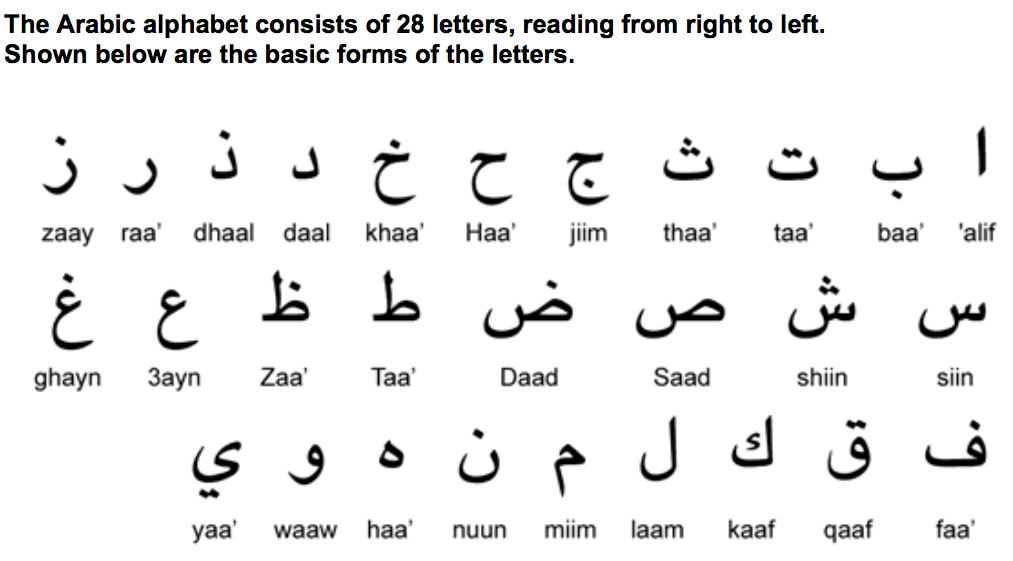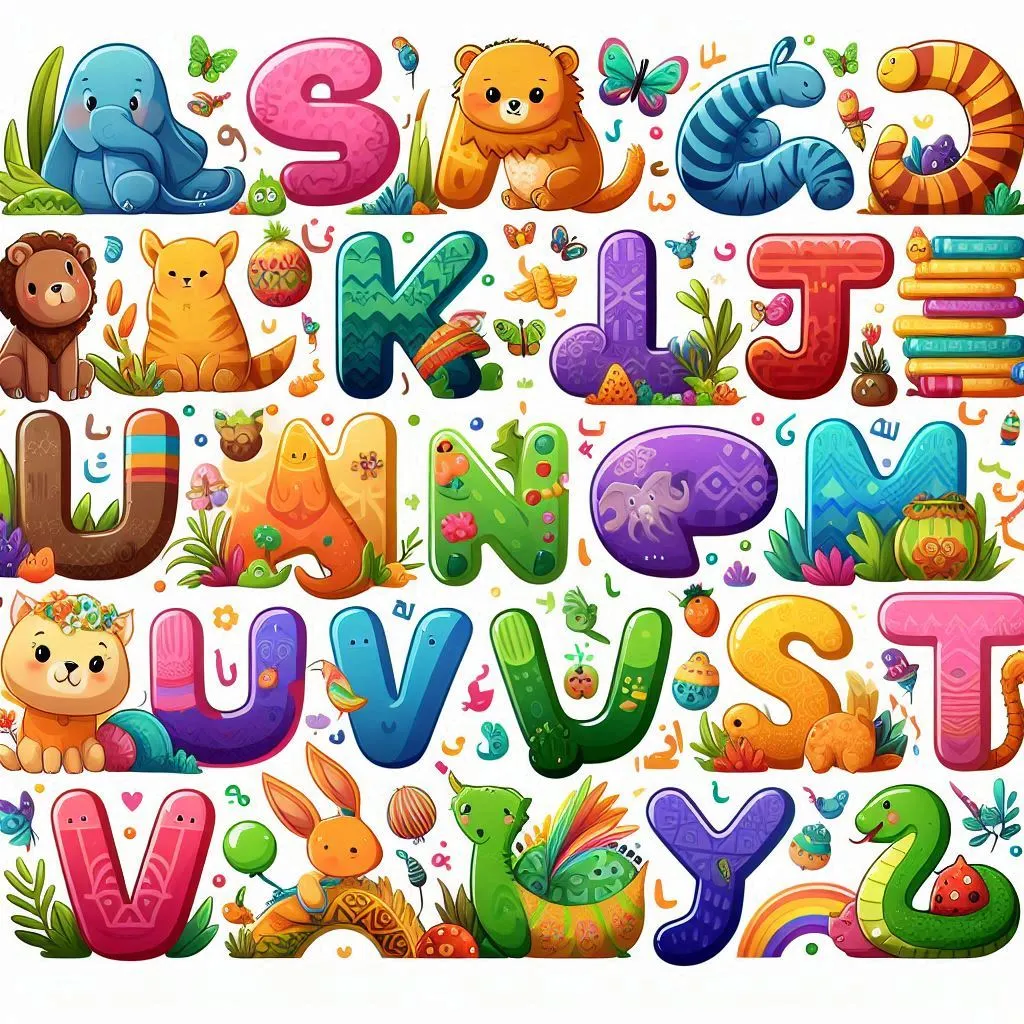The exit is known as: the place of exit, and terminologically: the place of exit of the letter at which the sound of its pronunciation ceases, thus distinguishing it from others, whether the sound is dependent on an established or estimated exit. The arabic alphabet full mouth letters are characterized by their many forms, so in the following paragraphs we will learn about the arabic alphabet full mouth letters.
What is the definition of letter exits?
The exits of the arabic alphabet full mouth letters are among the main topics in the science of Tajweed, and it is an important topic that straightens the tongue, protects it from mistakes, and teaches it in response to the command of Allah, and reading the Qur’an in a chanted manner.
He – the Almighty and Majestic – said: (وَرَتِّلِ الْقُرْآنَ تَرْتِيلًا), and defining the exit linguistically and terminologically as the scholars have defined it among others.

It comes: Linguistically, the exit is a name for the place of exit. (The door is called an exit, and the road that takes you out of the city is called an exit.) Technically, the exit is the place from which the letter emerges, and at that place the sound of pronouncing the letter stops, so the exit is distinguished from others, (so the letter comes out. Between the lips, this place is called the exit of the letter.)
What is the way to know the exit of a letter?
- The verified exit: The arabic alphabet full mouth letters is pronounced silent or stressed after an open, dimmed or broken hamza. Where the sound of the letter’s pronunciation is interrupted, it is the exit of the letter.
- Estimated exit: The letter madd is pronounced after a vowel hamza with a movement that is homogeneous to it (fatha for alif, dhammah for waw, kasra for yaa). We find that the sound ends with the end of the air emerging from the cavity of the mouth.
What are the types of letters?
- The achieved exit: is the one who relies on a specific part of the throat, tongue, or lips.
- The estimated exit: It is the one that does not have a specific space and is the exit of the three vowel arabic alphabet full mouth letters.
What are the categories of letters?

1.Al-Jawf:
It is the empty space inside the mouth and throat. It has one exit for three letters, (mud and vowel letters), which are: (wa, y, a) the vowelized waw that precedes it, the silent yā’ that comes before it, and the open silent alif that comes before it.
2.The throat:
In the throat there are three exits for six letters, which are:
- The lowest throat: that is, the one closest to what follows the mouth and from which (kha’ and ghān) come out.
- Middle of the throat: and from it emerge (the haa and the ain).
- The furthest part of the throat: that is, the furthest part of the throat from what follows the chest and emerges from it (the ha and the hamza).
3.The tongue:
The tongue has four sections: a tip, two edges, a middle, and a maximum.
The tongue has ten exits for eighteen letters:
- Between the tip of the tongue on the back side and the edges of the upper folds and its letters are called the gingival letters, which are: Tha, Dhal, and Dha.
- Between the tip of the tongue and the two upper folds, its letters are: Zai, Sad, Sain.
- What is between the back of the tongue and the origin of the upper two folds, and its letters are: Ta’, Dāl, Fā’.
- What is between the tip of the tongue and its back, which is next to its tip and what is adjacent to them and the gums of the two upper folds, and from which emerges: the r.
- What is between the tip of the tongue and the two upper gums that are adjacent to it, and from which emerges: the Nun.
- What is between the two edges of the tongue together and the gums adjacent to them, from which the lam emerges
- What is between one edge of the tongue and the last molars and upper molars adjacent to them, from which emerges: the dād.
- It is between the middle of the tongue and the upper palate that is adjacent to it, and from it emerge three letters: the non-middle yā’, then the shīn, then the jīm.
- What is between the tip of the tongue and the upper palate that is adjacent to it, and from which emerges: the kaf.
- The area between the tip of the tongue and the upper palate that is adjacent to it, behind the exit of the kaf, and from it emerges: the qaf.
4.The lips:
and there are two blends:
- What is between the lips together and comes out of it: the waw made by the opening of the lips, the meem by the appearance: by the closing of the lips, and the ba: by the closing of the lips more strongly.
- Between the inside of the lower lip and the tip of the upper two folds, from which the fa emerges.
5.Al-Khayshum:
It is the piercing of the nose that is drawn into the mouth, which is located above the roof of the mouth (not the nostril), and from which the sound of the letter Ghanna emerges.
The khishum is the place of this sound and its arabic alphabet full mouth letters are: the stressed nūn and the sakūn nūn (and the nūn al-tanween) when they are combined with a ghannah, or hidden.
What is the number of exits of the Arabic letters?
Makharij is the plural of Makhrikh, which is the space that generates the arabic alphabet full mouth letters and the place in which it originates and its sound stops.
As for the origins of the arabic alphabet full mouth letters, they are according to scholars and advanced grammarians, such as Al-Khalil bin Ahmad Al-Farahidi and his companions, and Ibn Sina in a treatise that he devoted seventeen times to.
Sibawayh and his followers and many grammarians said that it had sixteen exits by dropping the jufiy letters, which are the letters of the maddah and the soft letters, and they made the exit of the alif from the furthest part of the throat.
And the waw from the exit of vowel letters, as well as the ya’, because they are sounds that connect to the air and end in it, and they do not have a certain space, and this is what Sheikh Maitham Al-Bahrani misdemeanor in his book Usul al-Balagha.
Unlock the fun of learning with the dotted Arabic alphabet! Perfect for kids, our interactive guide helps young learners master Arabic letters step-by-step. Engage your child with colorful and playful dots that make learning the Arabic alphabet easy and enjoyable. Start your educational journey today and watch your child build confidence with every letter!”
Conclusion
The arabic alphabet full mouth letters is a science in which it searches for the conditions of Arabic syllables that are syllables, and from what position they emerge, and searches for their characteristics of loudness, whispering, and the like. It is one of the branches of linguistics.
Its subject is the basics of the arabic alphabet full mouth letters according to their origins and characteristics. Its principles are some intuitive and some inductive. It is derived from natural science and anatomy. Its purpose is to gain the ability to display those letters in the syllables as they are.

